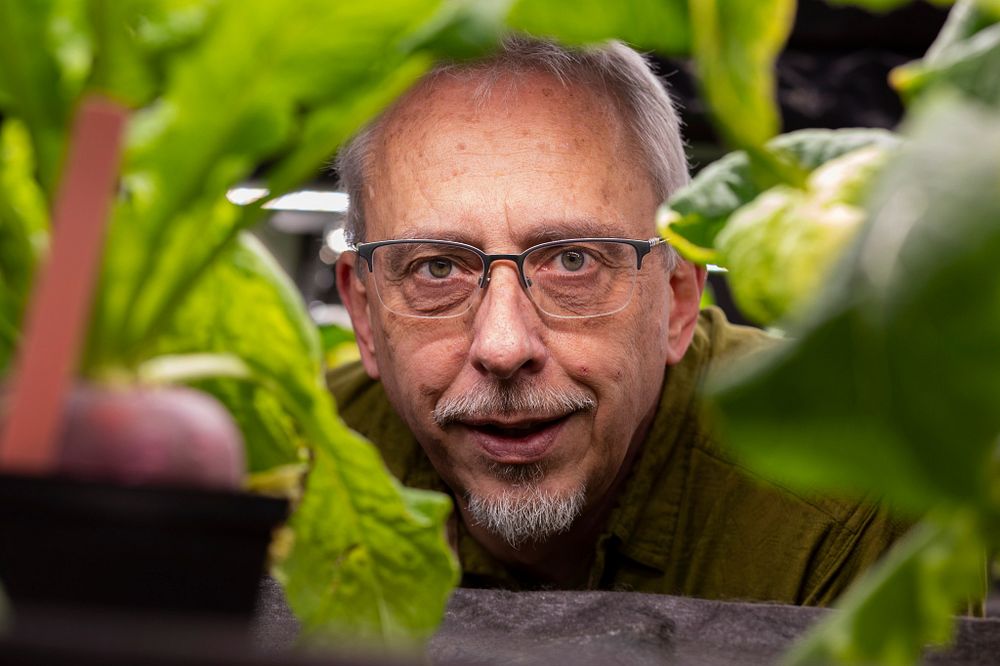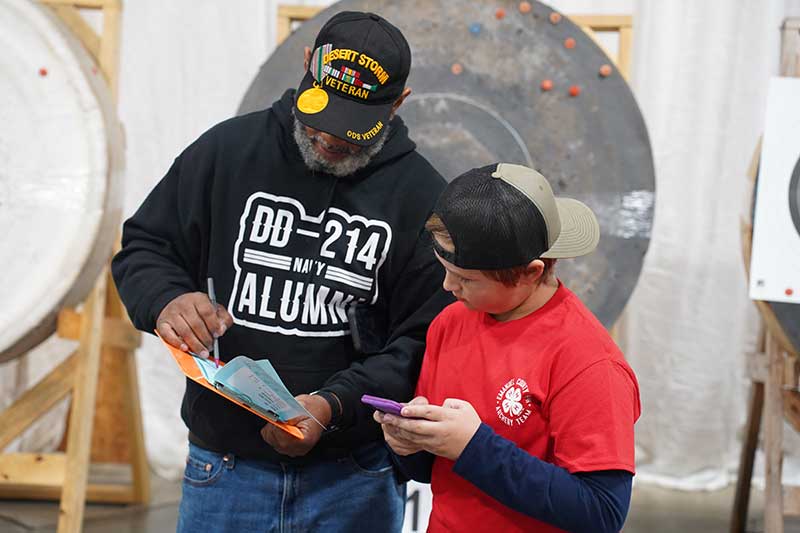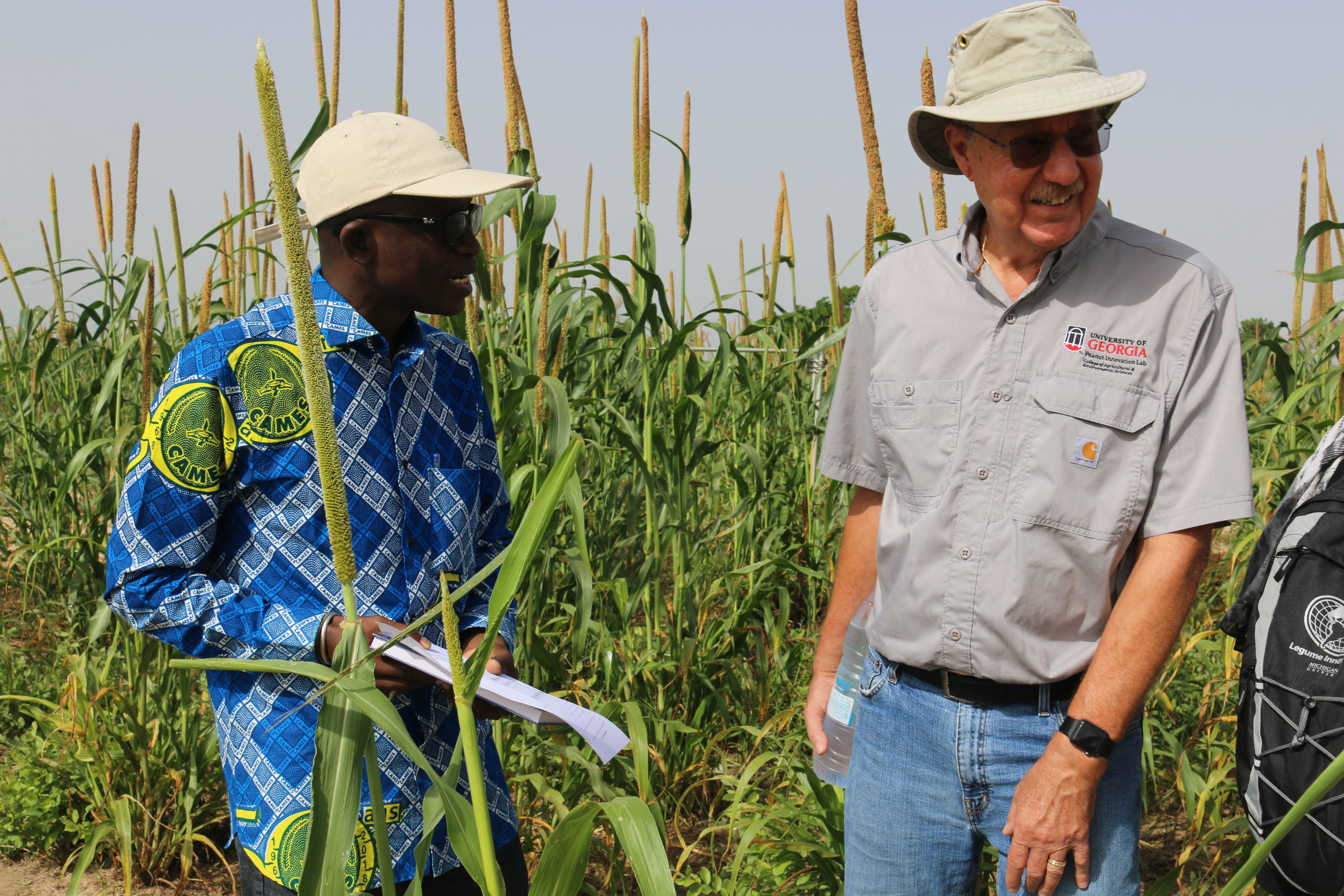.jpg) CAES News
CAES News
International Association for Food Protection
Researchers from the University of Georgia’s Center for Food Safety and Department of Food Science and Technology are expanding their global networks to increase the safety of the global food supply in the U.S. and abroad.

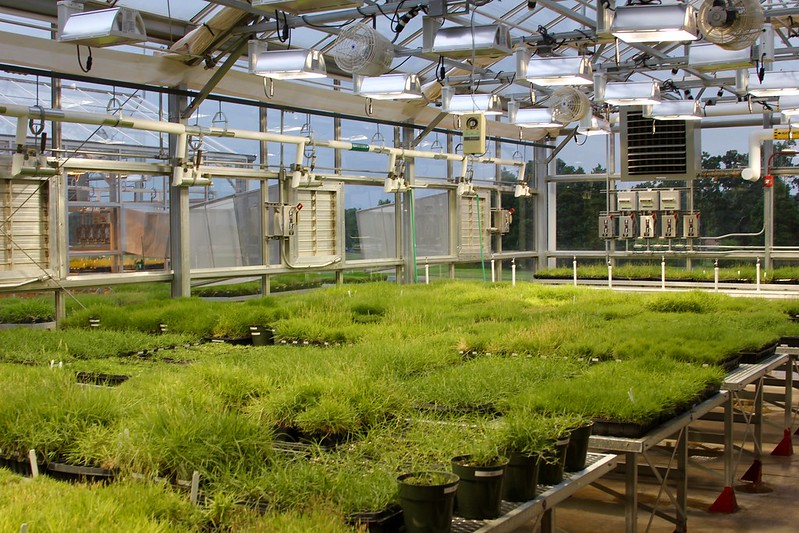
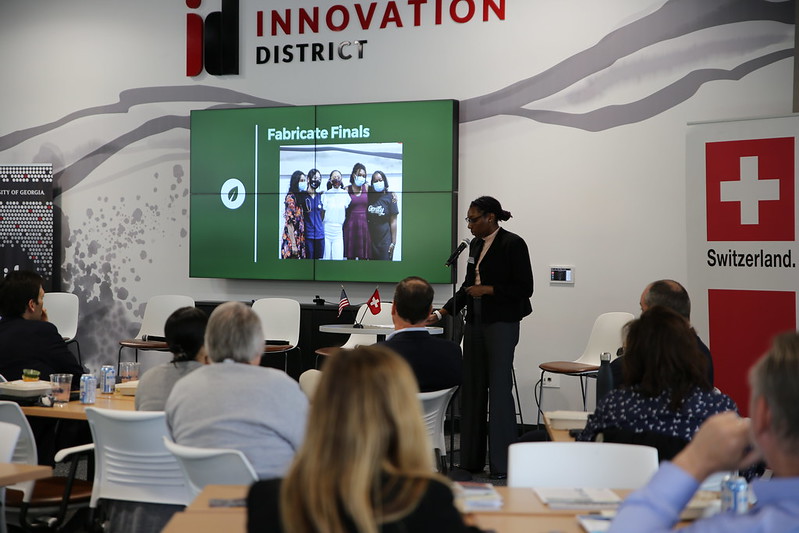
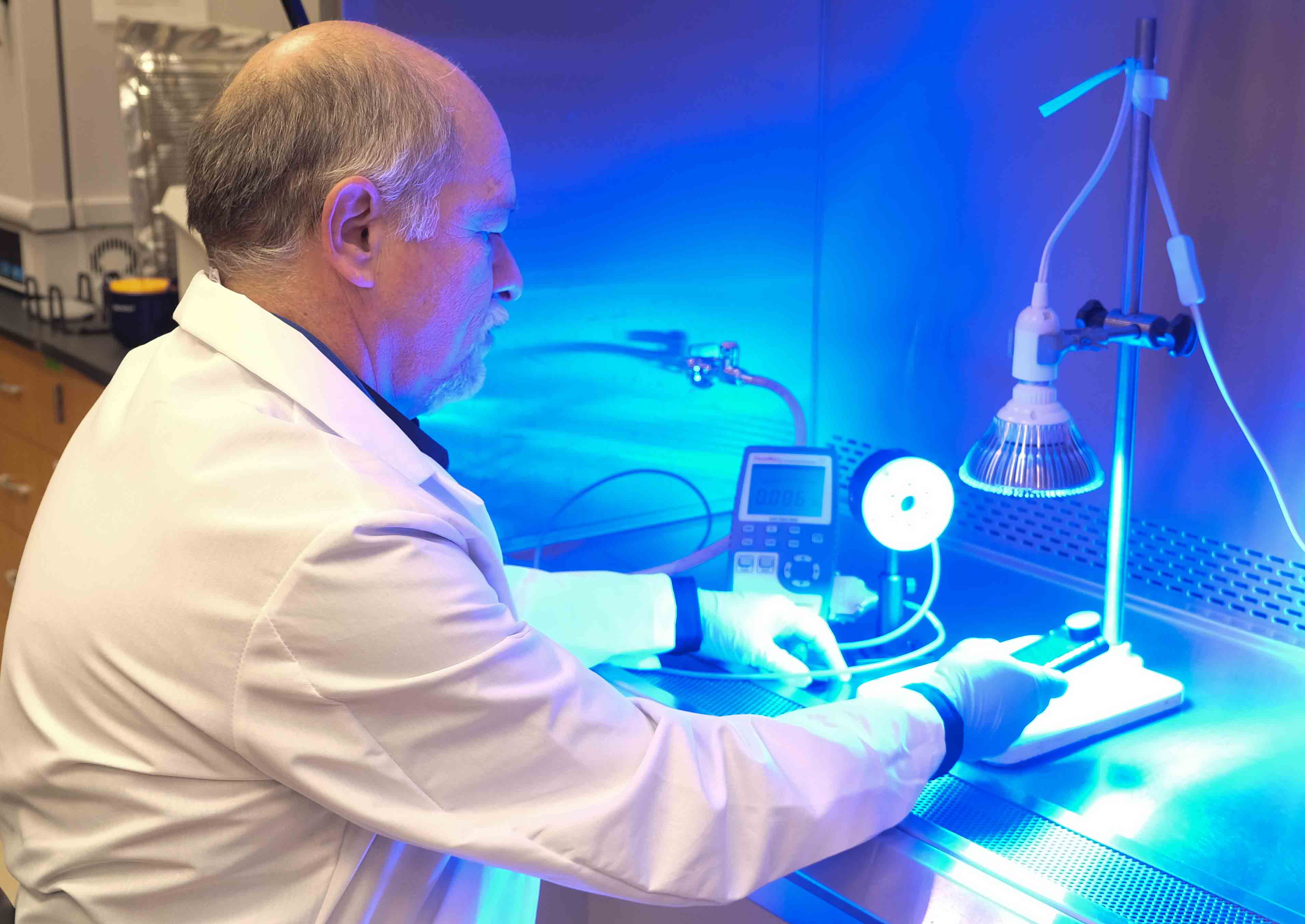
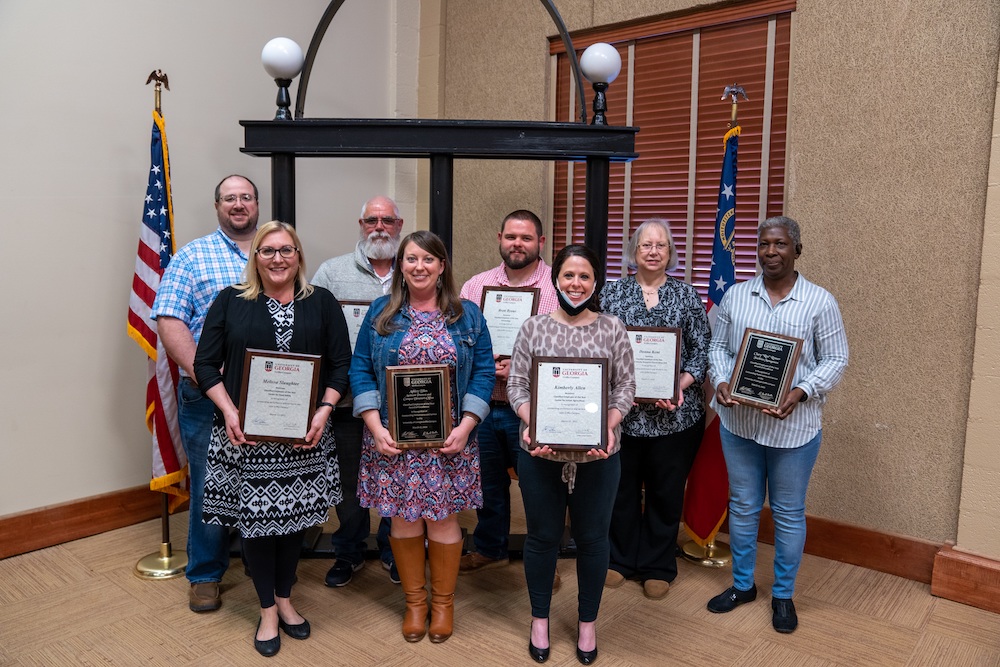

.jpg)
